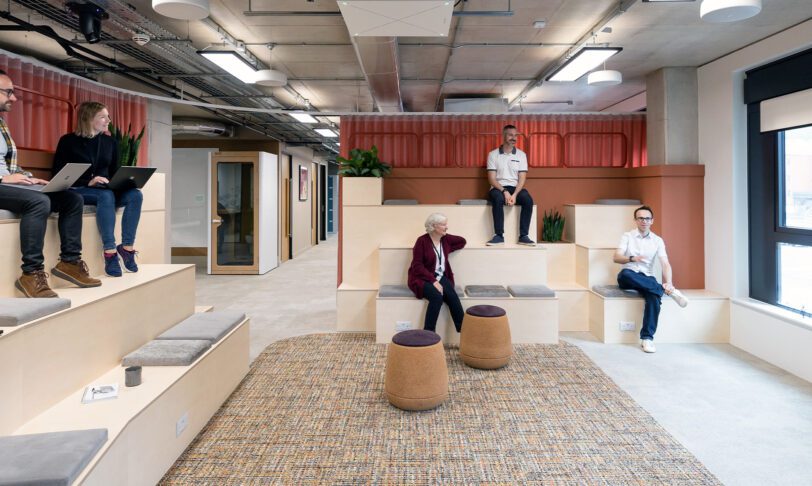
Attracting the next generation: how workplace design helps win the talent war in aerospace and defence
The aerospace and defence sectors have long been synonymous with technical brilliance and security. But
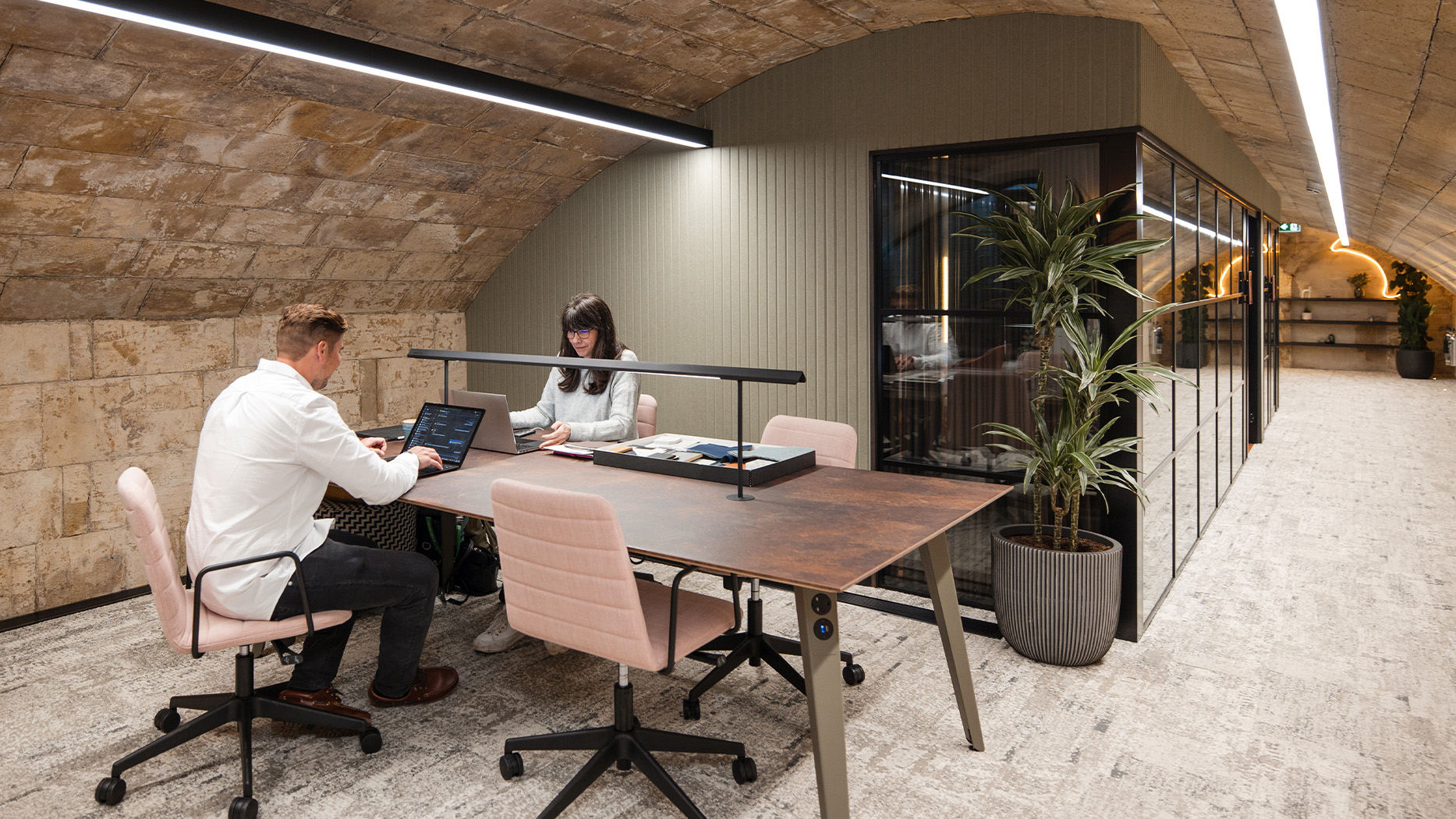
We’re passionate about inspirational workspaces, so we’re committed to exploring and sharing the latest thinking on workplace design with you. Here you’ll find a mixture of articles, blogs, and commentaries from our Actioneers reporting from the forefront of office design.

The aerospace and defence sectors have long been synonymous with technical brilliance and security. But
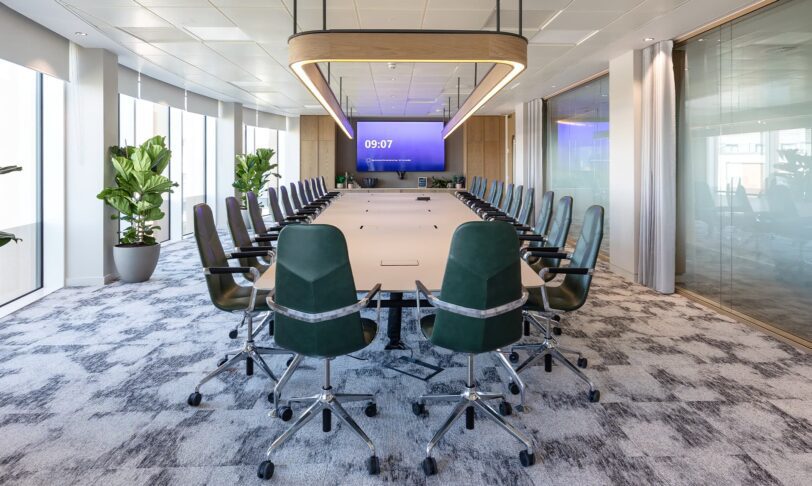
In aerospace and defence, the workplace is a critical component of operational success - but what does that look like?

For landlords, funds, and asset managers, D&B is a strategic model that can deliver at every stage of the lifecycle.
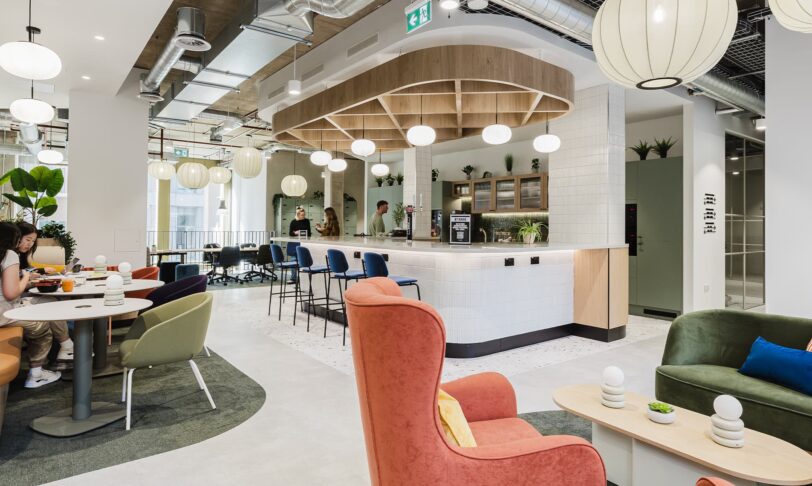
In an increasingly competitive market, it's never been more important to keep members happy and drive loyalty.
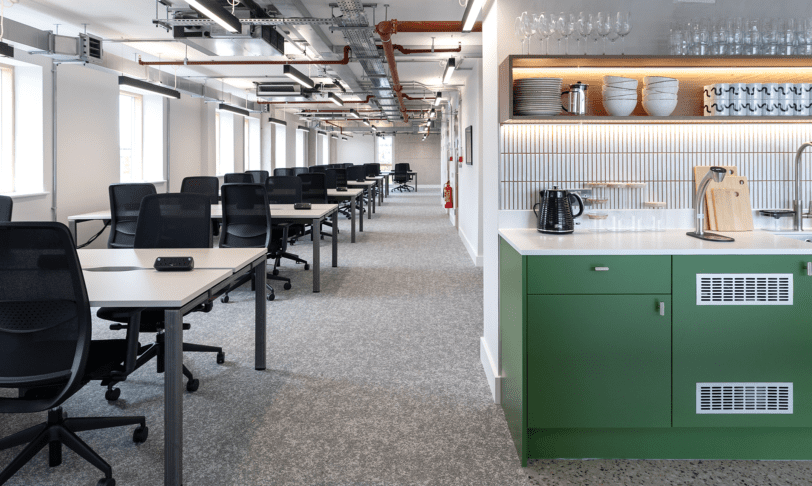
With the UK being home to so many beautifully designed workplaces, professional services are under
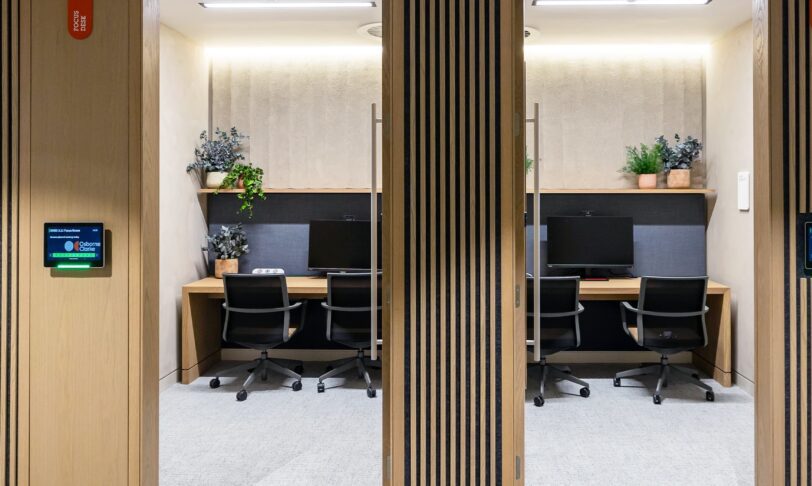
This article explores five key innovations reshaping property performance in 2025 and how they're already delivering measurable benefits.
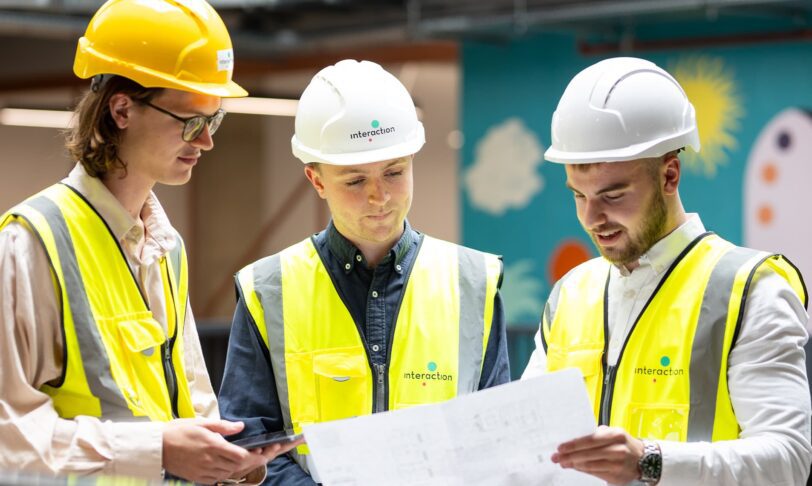
You’ve chosen Design & Build. Now what?
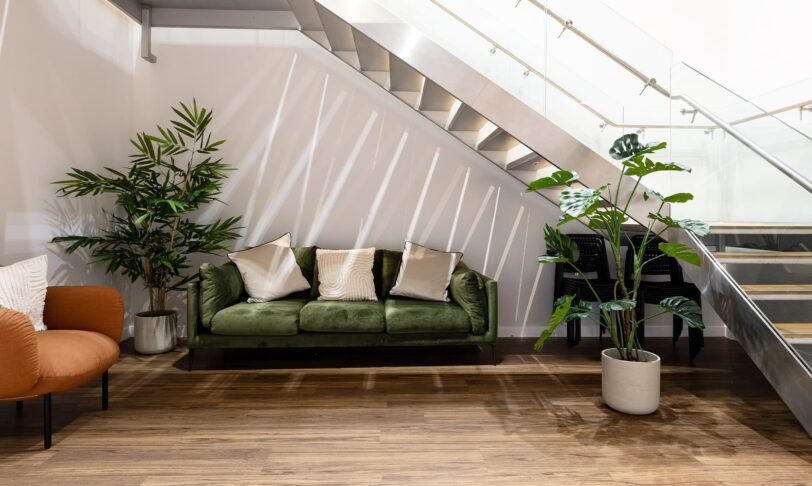
Learn how improving EPC ratings can protect asset value, meet regulations, and boost tenant appeal in commercial properties.
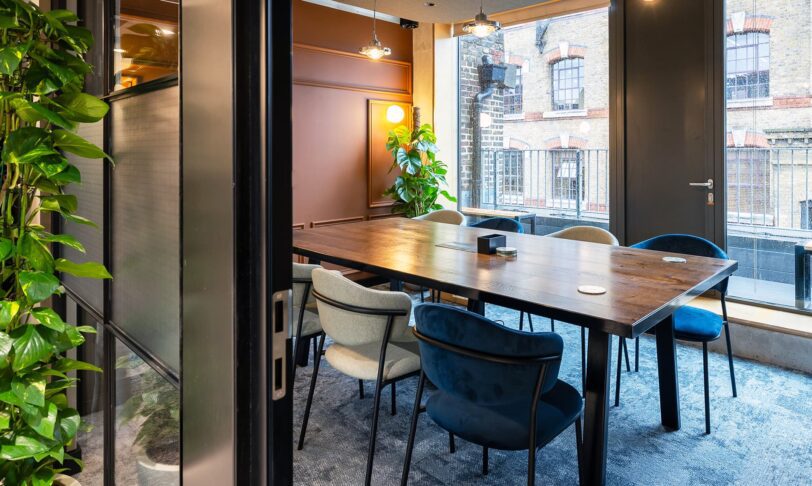
Explore how sustainability and changing tenant demands are reshaping office leasing and what landlords can do to stay competitive.
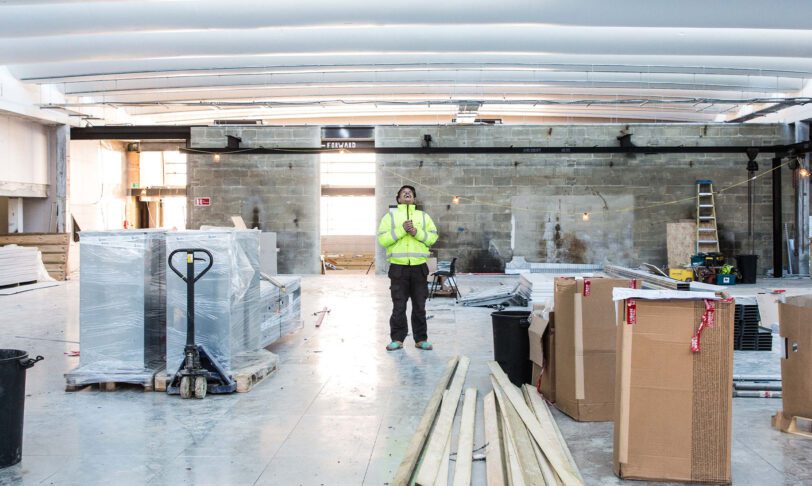
Commercial landlords are under growing pressure to deliver fast, reduce risk and maximise ROI - is D&B the answer?
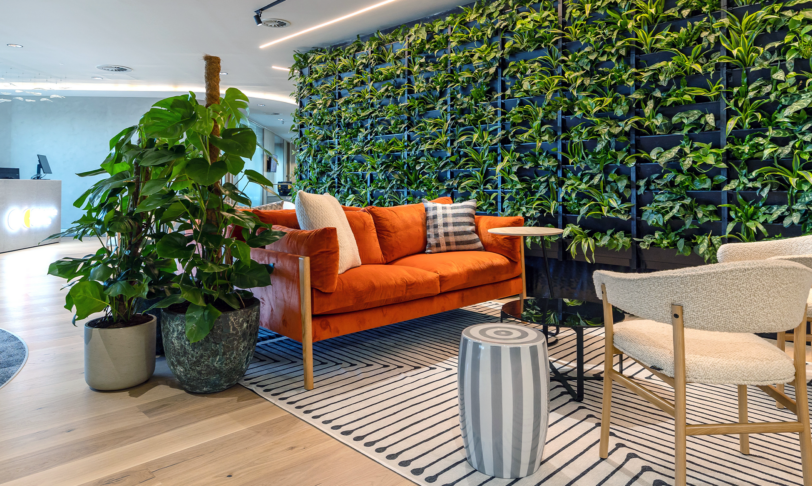
Net-zero offices are a strategic imperative for commercial property investors, driving asset value, tenant appeal, and regulatory compliance.

Repositioning underperforming commercial assets to attract high-covenant tenants is key to maximising ROI and enhancing long-term value.
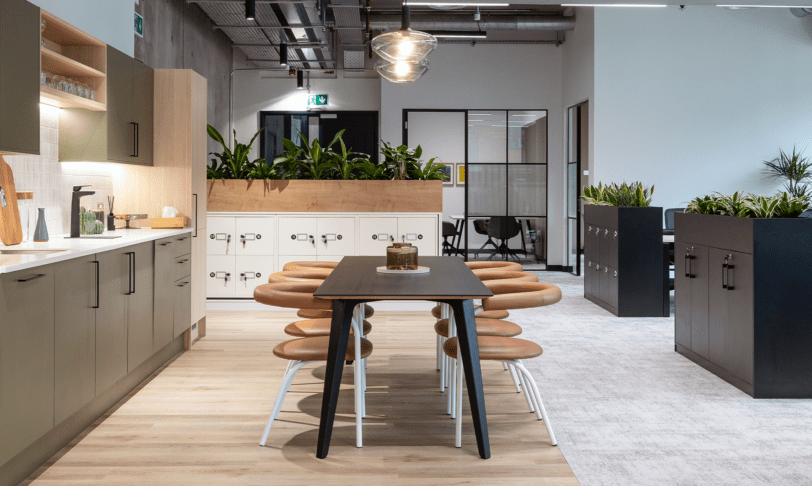
Fully fitted, turnkey workspaces are proving to be a more attractive and financially beneficial solution for both landlords and occupiers.
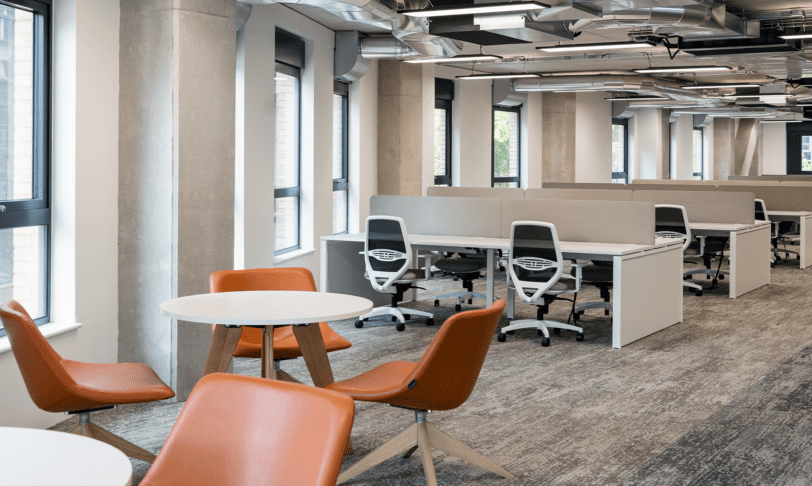
Commercial office design means considering tenant needs, integrating key elements, and creating versatile spaces that suit a range of industries.
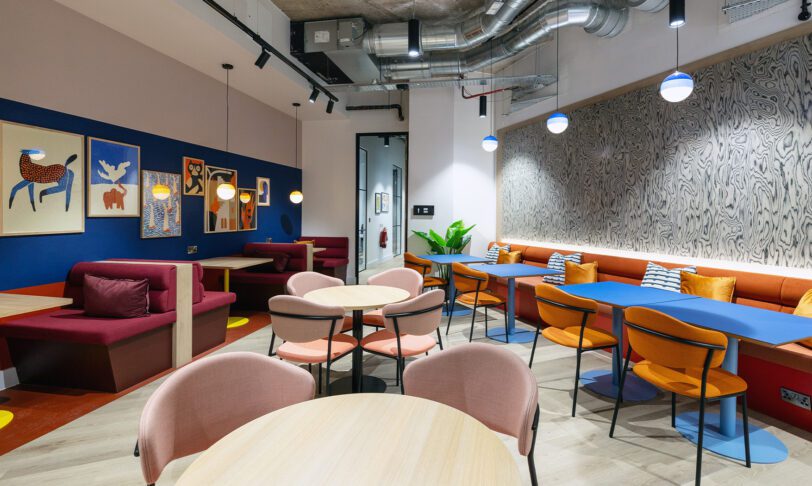
Coworking operators have mastered the art of flexibility, community, and tenant experience, driving higher retention and asset value. What lessons…
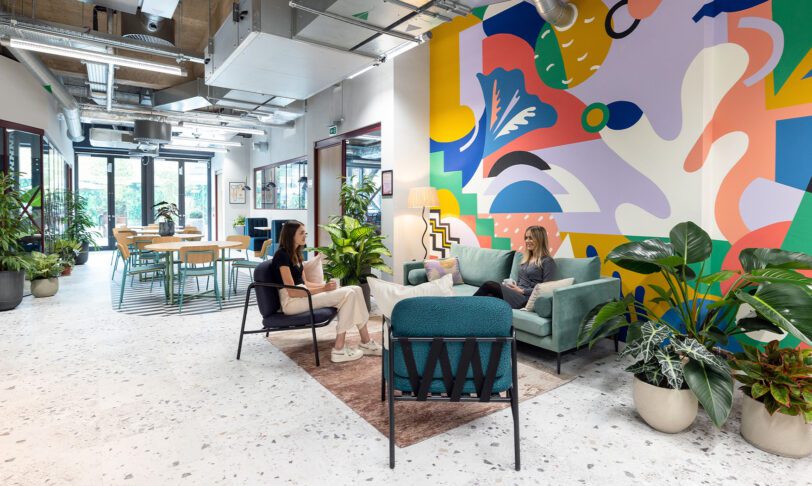
Coworking spaces have grown in popularity with professionals seeking dynamic work environments. But what makes these workspaces so special?
Stay informed and get inspired.
Sign up for our monthly newsletter to stay up-to-date with the latest insights on the modern workplace and commercial property trends.
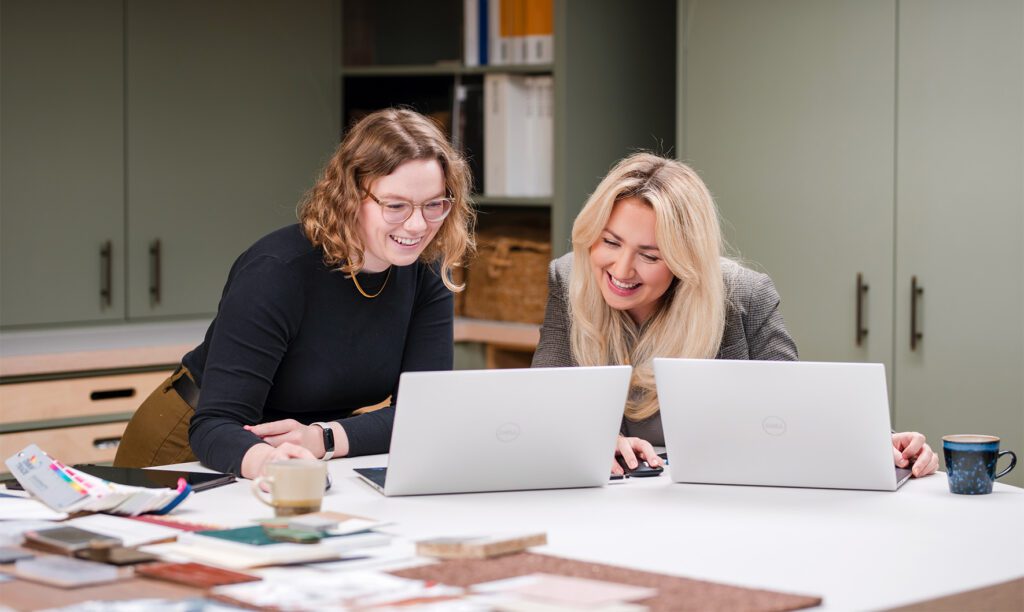
We’d love to hear your plans. Get in touch with Charlie to see how we can bring them to life